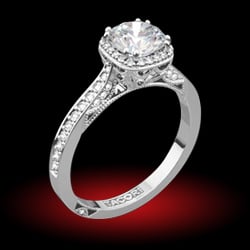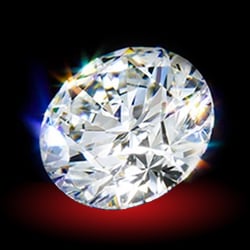When reading a GIA Certificate will I know that the Crown and Pavillion angles will be right (per Tolkowsky) if the Depth % is 54% to 63% and the Table % is 58 to 62%?
I want to make sure that the diamond reflects light correctly to get the maximum brilliance, fire, etc. It''s hard really see what''s going on with bright incandecent lights (which most jewelers have) as opposed to being out in natural light (which jewelers don''t want you to do for obvious security reasons).

I want to make sure that the diamond reflects light correctly to get the maximum brilliance, fire, etc. It''s hard really see what''s going on with bright incandecent lights (which most jewelers have) as opposed to being out in natural light (which jewelers don''t want you to do for obvious security reasons).









300x240.png)